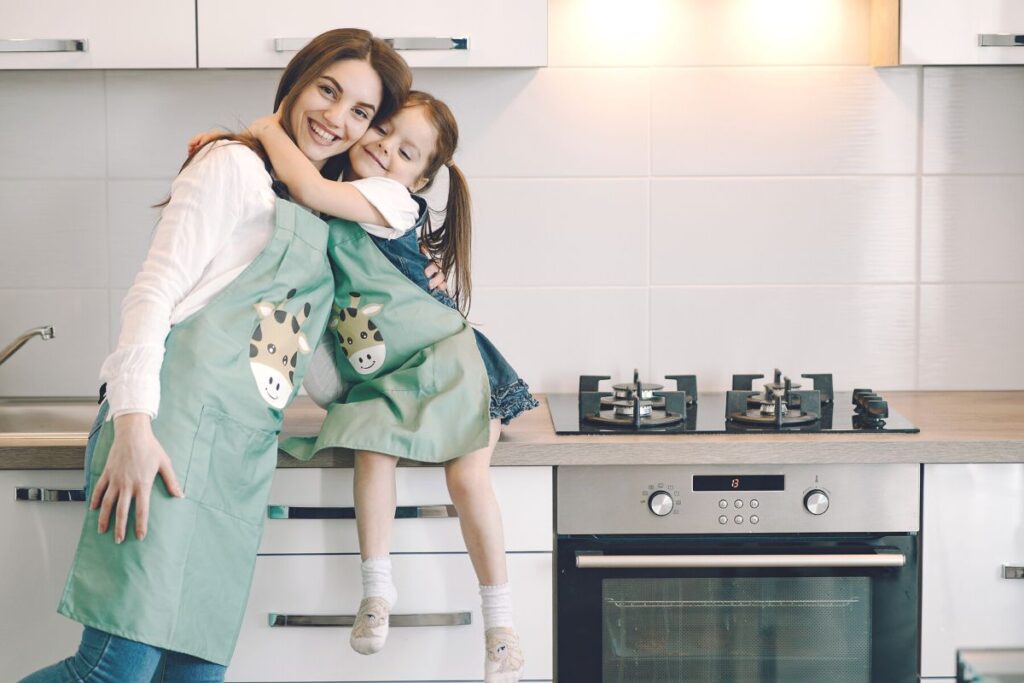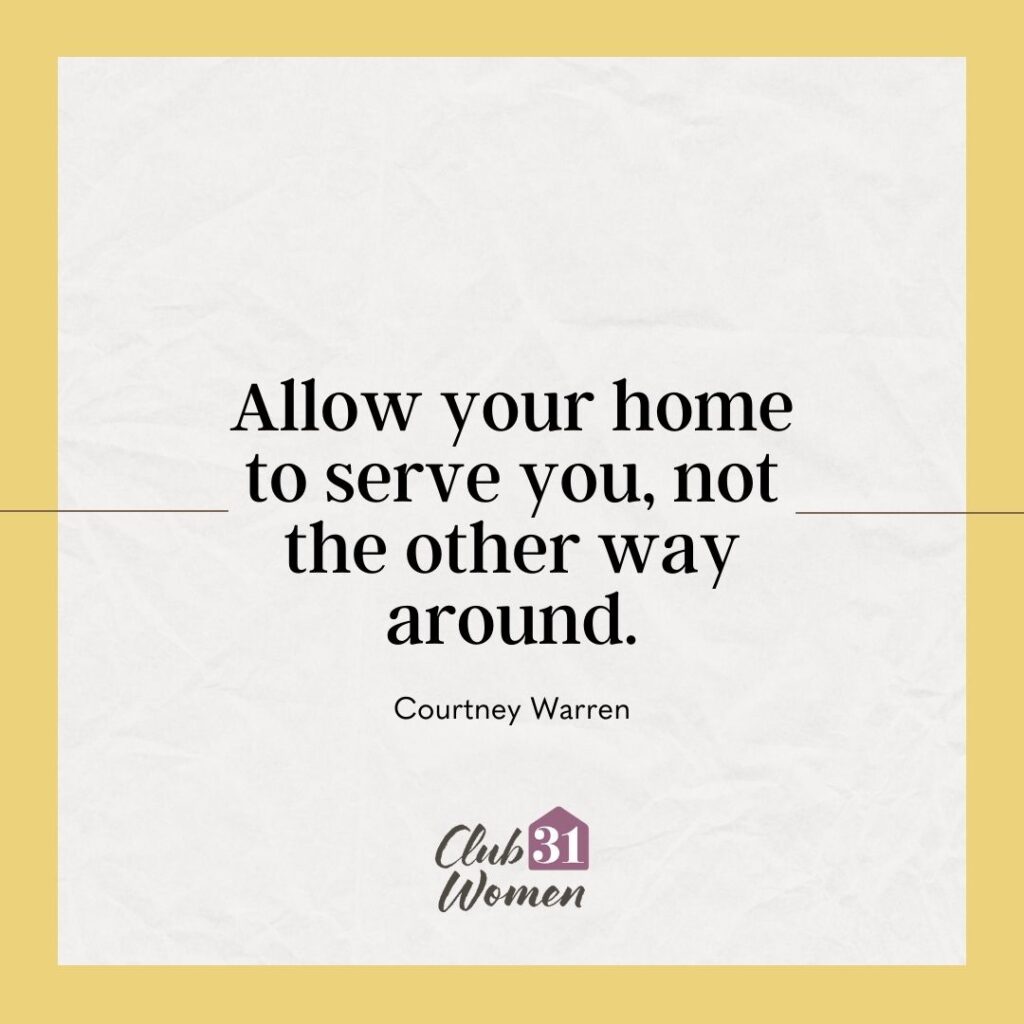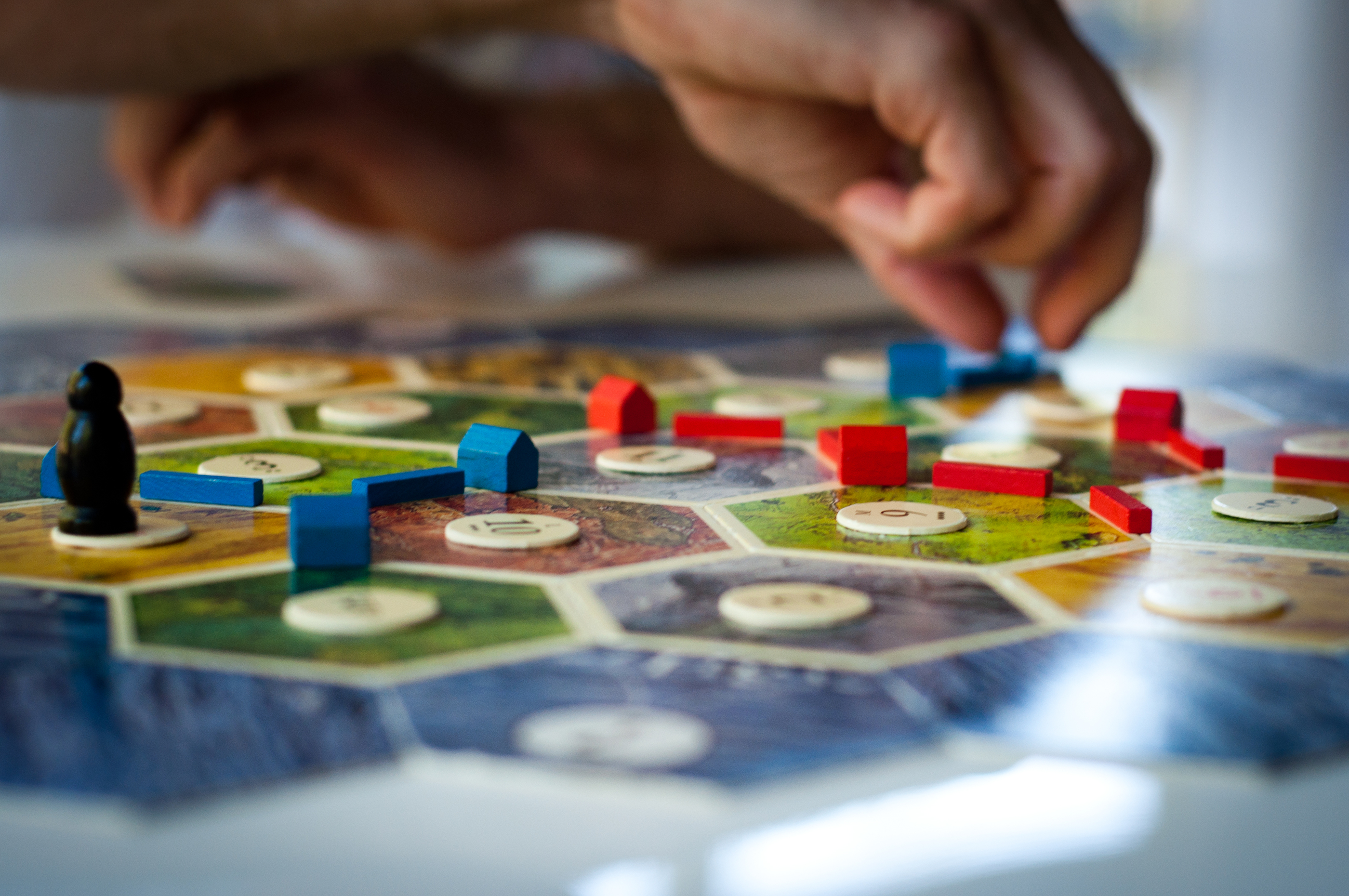Design Your Kitchen for Family Connection
Having a family connection regularly is so pinnacle to the growth and nurturing of our children and teens. Learn how to make space in your kitchen work in your favor!

As a mom, I fondly recollect silly childhood stories and long to forge new ones with my growing boys. I once heard a parenting expert say that the most effective method to encourage a teenager to talk is to engage them when they don’t have to make eye contact—aka, in the car.
This expert reasoned that when the young person is doing something else, the pressure subsides and sharing seems more approachable. As I have attempted this method, I’ve discovered the kitchen is another prime place to get those hands working and perhaps get a mouth moving. By assigning a responsibility and working alongside each other to accomplish a common goal, my kids and I connect in simple ways that we otherwise wouldn’t.
Moments spent cooking, stirring, and chopping, sharing the countertop, and sharing a table together have become a strong base to cement lasting foundations. I believe the kitchen is a place to build and connect with family members over a common goal. It is the place where roots are formed and built upon, building space for relationships. How can you make the most of your kitchen space for the purpose of connection?
Maximizing Space for Flow and Conversation
If your kitchen space is lovely but does not function productively, it is about as helpful as printing out the internet. In order to maximize the space, let’s discuss where much of the action happens in the kitchen.
Consider the Configuration
The “work triangle,” a favored kitchen design concept, consists of the fridge, cooktop, and sink. When planning your kitchen, you want to aim to have these three components in a triangle shape, about four to nine feet apart. This optimum arrangement allows for quick pivots to each station as needed.
Think through Kitchen Traffic Patterns
Before you make changes to your kitchen, think through what areas get congested now and how you might anticipate future traffic jams. For instance, on one previous project, I installed a pull-out trash drawer on the sink side of a kitchen island, and it ended up being the spot where everyone naturally stood for meal prep!

Add Chairs, Barstools, and Small Seating Options
One side of the countertop can be used for bar-top seating. If you have small children, furniture with stain-resistant fabrics or leather is a helpful feature, especially if the kids spend a lot of time in the kitchen. Remember, don’t fret if the paint gets scuffed by little swinging feet at the bar. Paint is simple to touch up, and normal wear and tear happen with kids. Allow your home to serve you, not the other way around.
Corral the Clutter
By nature, countertops quickly accumulate clutter. To combat this, I reduce the opportunity for piles of things by not housing many items in that space. I then use a basket or tray to corral paperwork. This becomes an easy system for storing mail, homework, and the random assortment of messy infringers so the countertop stays relatively clear.
Curtail Countertop Chaos
In your personal mess hall, traffic usually breeds chaos. When it comes to storing items on your countertops, limit what you allow to sit out. If you utilize an appliance less frequently than once a day, store it out of sight. After all, do you keep cereal out on the counter? What if you eat it every day? Just like our breakfast is kept in the pantry, small appliances can also be retrieved from behind a cabinet door.
Consider Intentional Seating
When there is room, I add a seating area of cozy sitting chairs to the kitchen. Chairs are an unspoken invitation to stay awhile. Whether it is to talk to the cook or relax for a spell, action happens in the kitchen and by including comfortable seating, conversation is encouraged.
Through the stories of our lives in the kitchen—the ridiculous, the mundane, the hilarious, and the heartbreaking—you engage in the action of life. Creating a kitchen that tells your story is akin to delivering a personal, engraved invitation to your loved ones to take part in the memories that will be retold for years to come.
Reflection:
- What are two simple things you can do today that will help you love your kitchen more and reduce your kitchen-related stress?
- What cherished memories do you have of your time in the kitchen with family or friends? The kitchen is such a beautiful space of connection and heritage. Spend some time today thinking about those precious moments and thank God for them.

Courtney Warren is a Texas-based interior designer whose work has been featured in Real Simple, Better Homes & Gardens, Good Housekeeping, Apartment Therapy, and Today.com. She is a frequent consultant on FOX 4 TV’s Good Day program in Dallas who delights in helping overwhelmed clients create beautiful spaces—and will never turn down a warm chocolate chip cookie or Diet Dr Pepper.
For more insights on how to love the unique story of your family and home, pick up Courtney’s book The Story of Your Home: A Room-by-Room Guide to Designing with Purpose and Personality.

100 Words of Affirmation Your Son/Daughter Needs to Hear
Matt and Lisa Jacobson want you to discover the powerful ways you can build your children up in love with the beautiful words you choose to say every day–words that every son and daughter needs to hear.
These affirmation books offer you one hundred phrases to say to your son or daughter – along with short, personal stories and examples – that deeply encourage, affirm, and inspire.
So start speaking a kind and beautiful word into their lives daily and watch your children–and your relationship with them–transform before your eyes.






